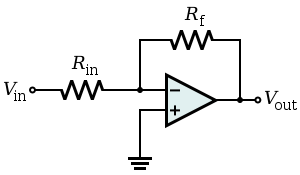Thermal Noise is the random fluctuation in voltage caused by the random movement of charge carriers above absolute zero (273K).
Thermal Noise cannot exist at 273K because charge particles cannot move at absolute zero.
If the resistor is kept at a temperature above 273 kelvin, thermal noise will be present. Just as a simple experiment, measure the voltage across resistor with the help of CRO. We can see a fluctuating signal above and below the 0V line, This is thermal noise.
The formula to calculate thermal noise of a resistor is calculated using the below formula
V= Sqrt(4*KTRB) where
K=Boltzman constant
T= Temperature in kelvin
R= Resistance in ohms
B=Bandwidth in Hz where noise is present
Thermal Noise cannot exist at 273K because charge particles cannot move at absolute zero.
If the resistor is kept at a temperature above 273 kelvin, thermal noise will be present. Just as a simple experiment, measure the voltage across resistor with the help of CRO. We can see a fluctuating signal above and below the 0V line, This is thermal noise.
The formula to calculate thermal noise of a resistor is calculated using the below formula
V= Sqrt(4*KTRB) where
K=Boltzman constant
T= Temperature in kelvin
R= Resistance in ohms
B=Bandwidth in Hz where noise is present










